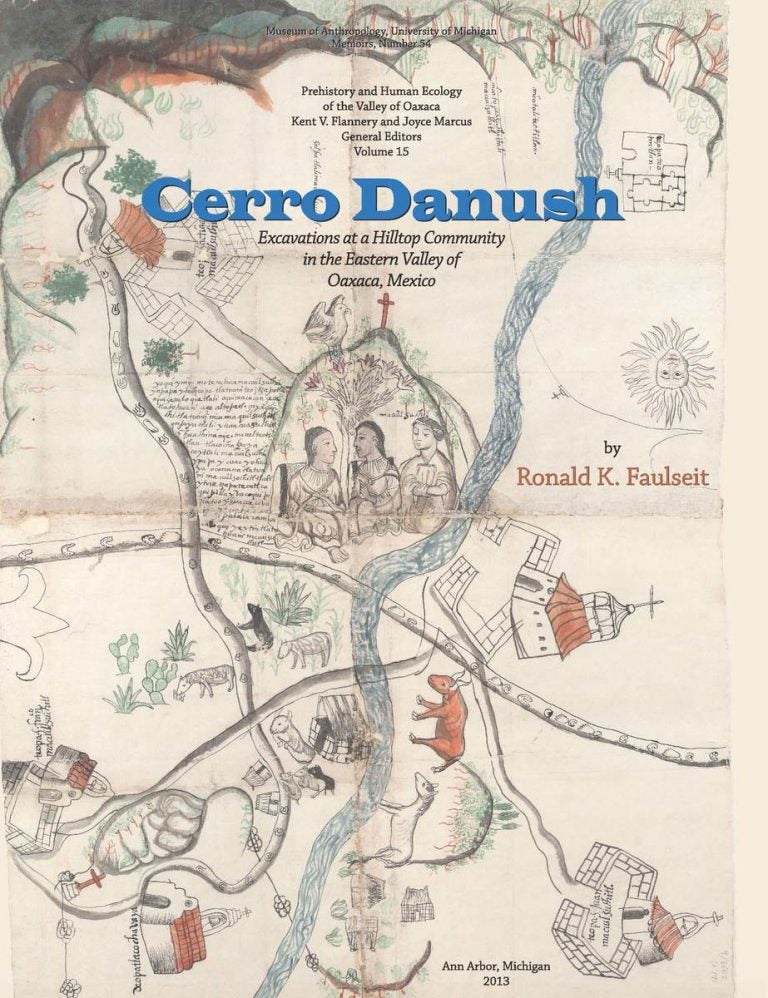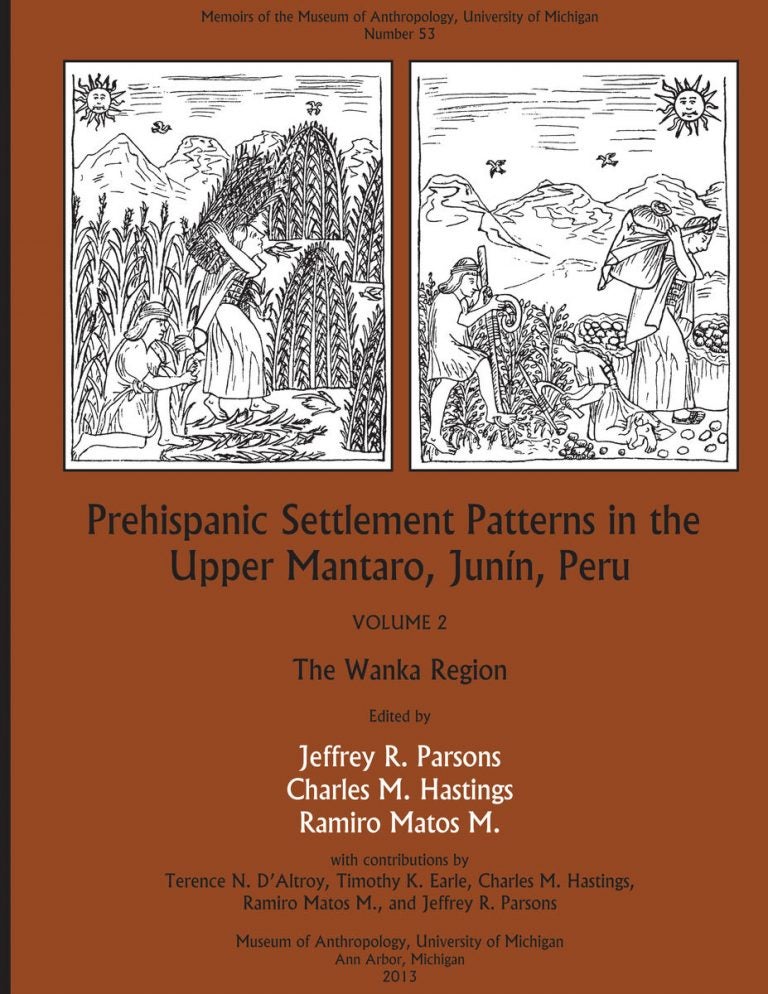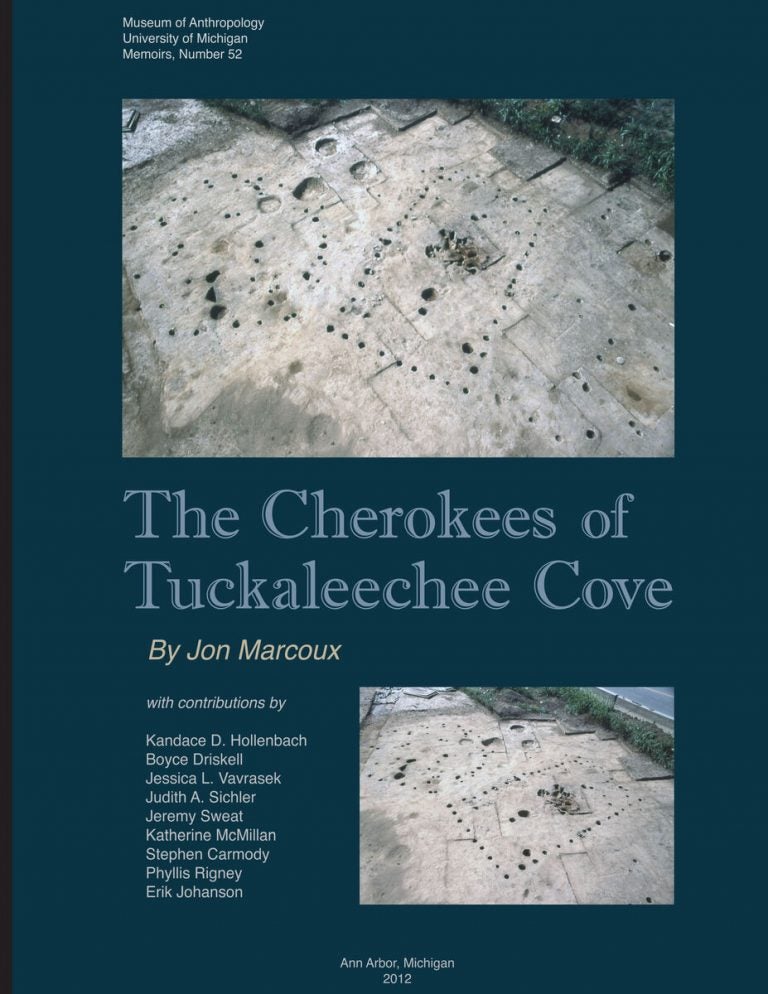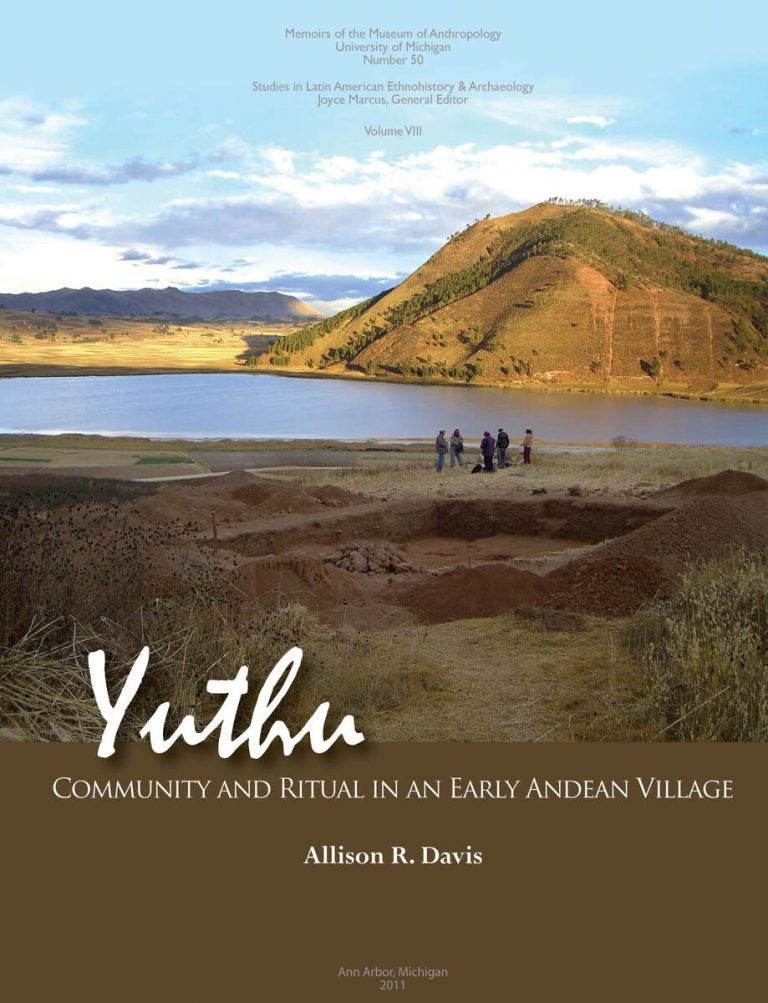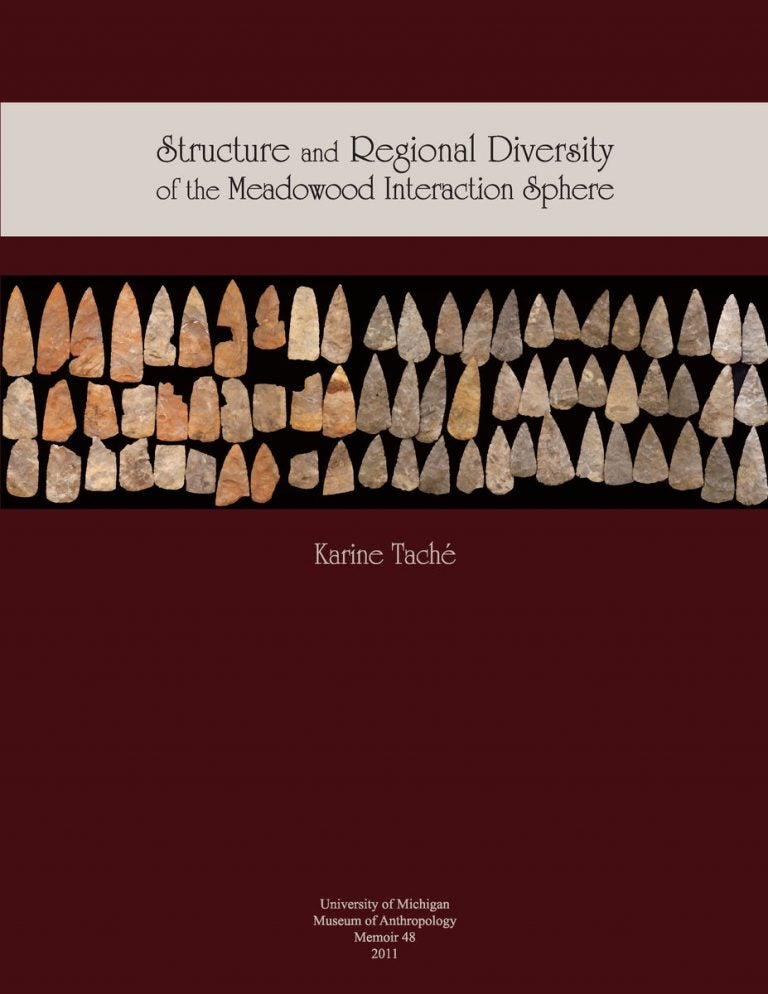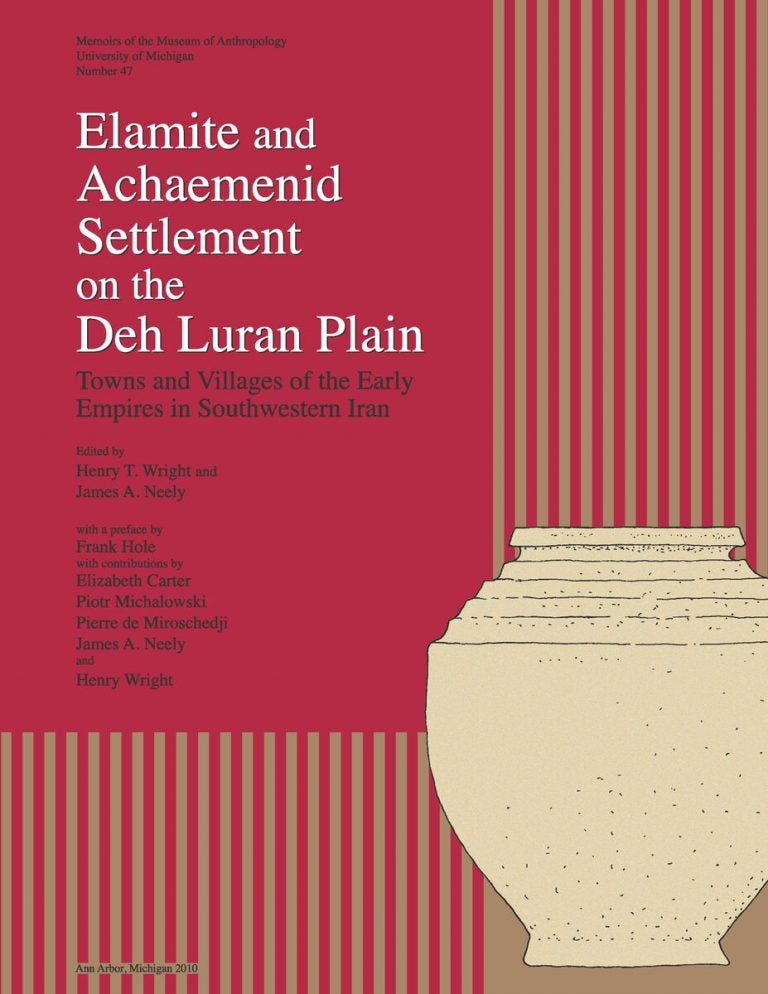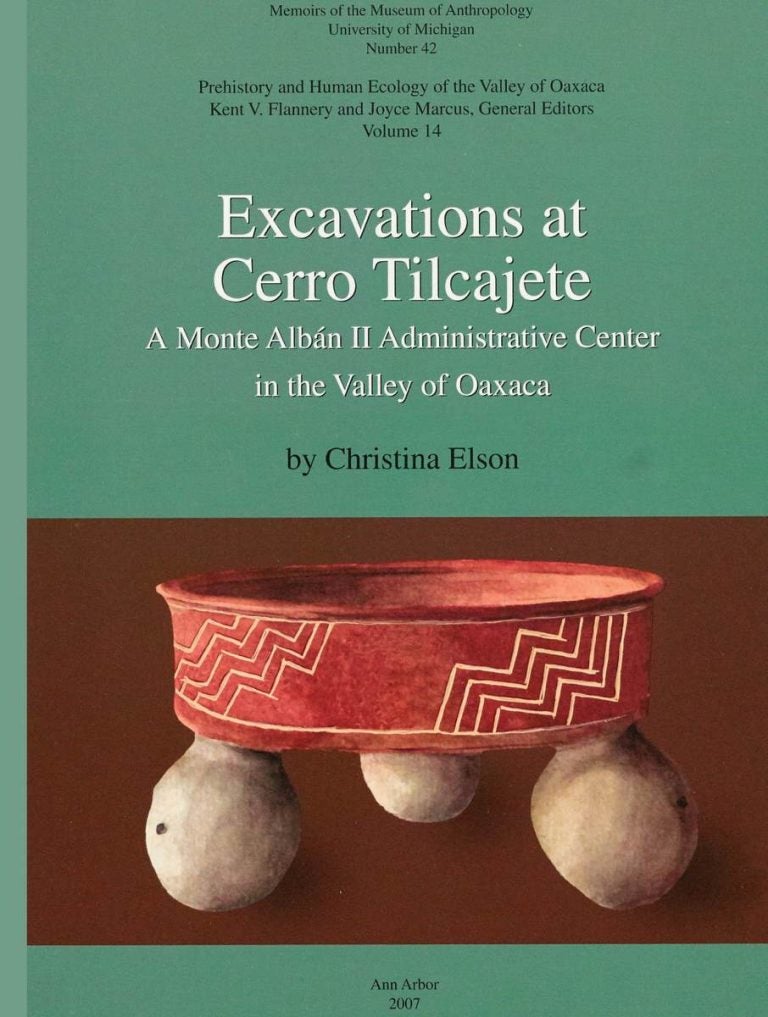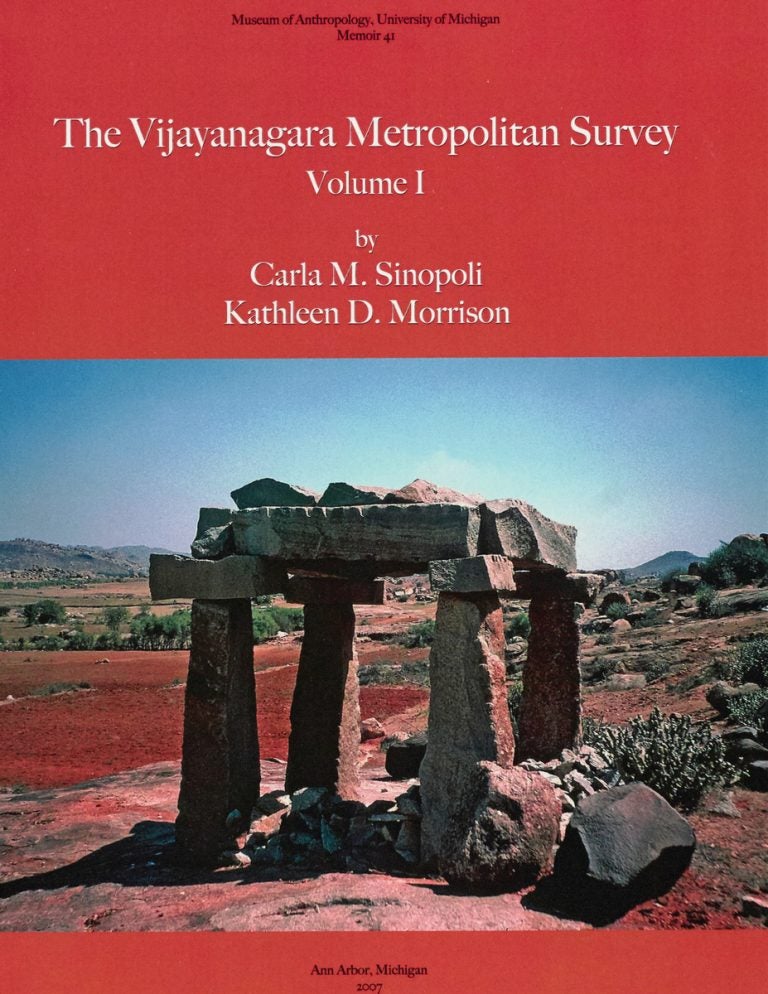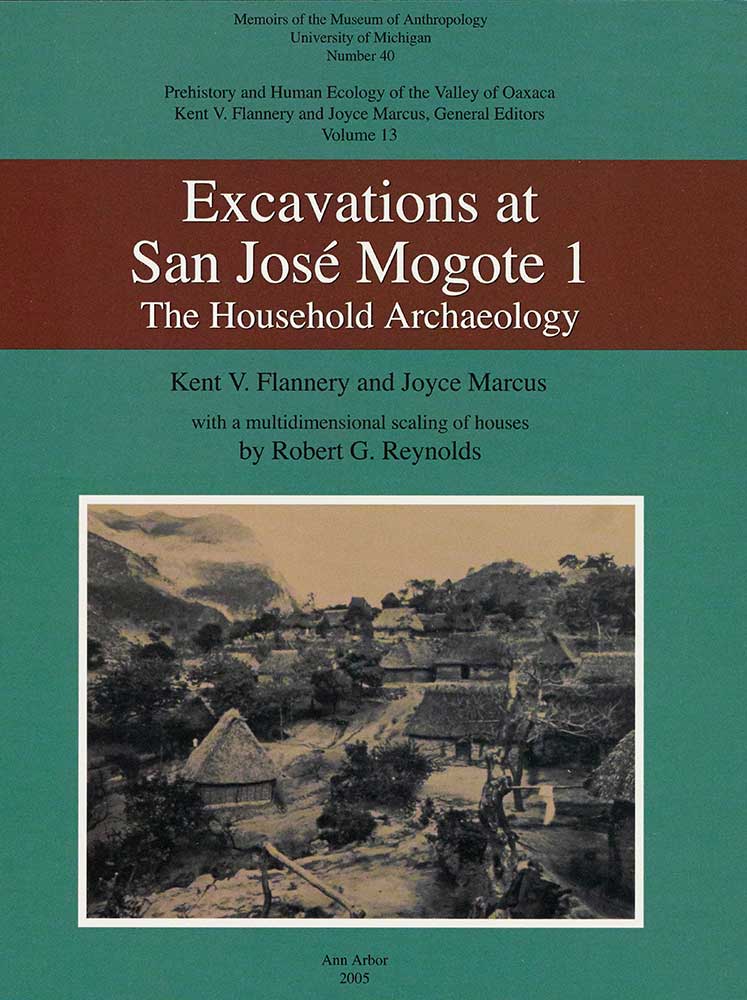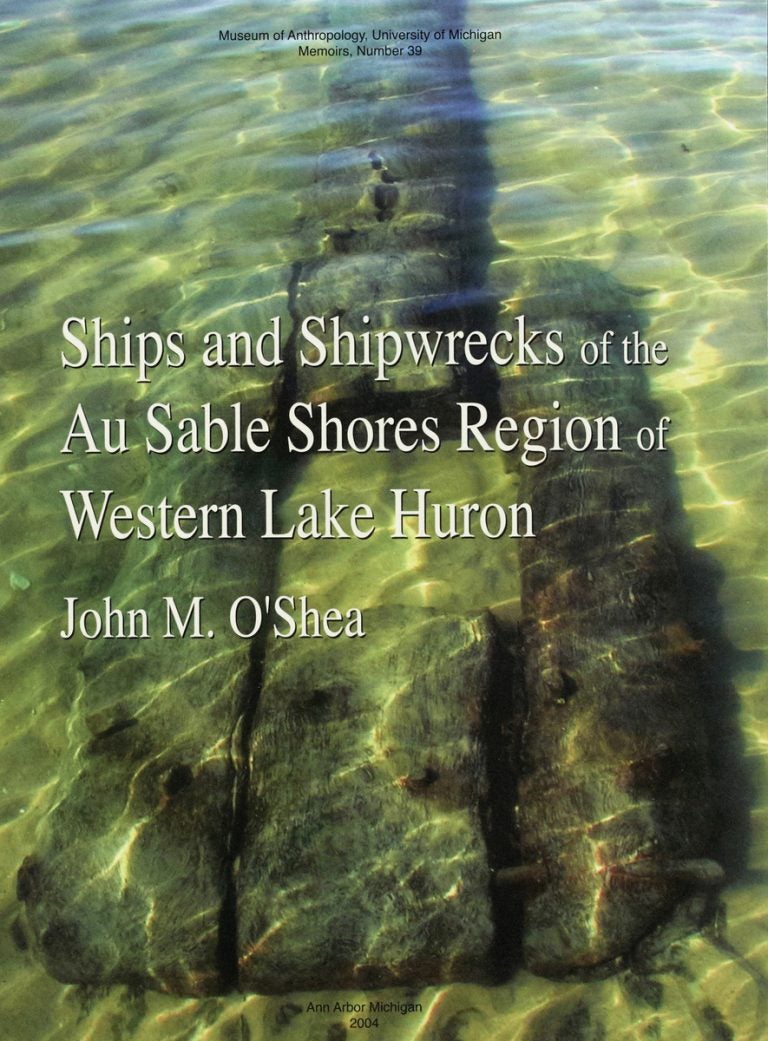Joyce Marcus
M 59
Cerro Azul, a pre-Inca fishing community in the Kingdom of Huarco, Peru, stood at the interface between a rich marine ecosystem and an irrigated coastal plain. Under the direction of its noble families, Cerro Azul dried millions of fish for shipment to inland communities, from which it received agricultural products and dried llama meat.







